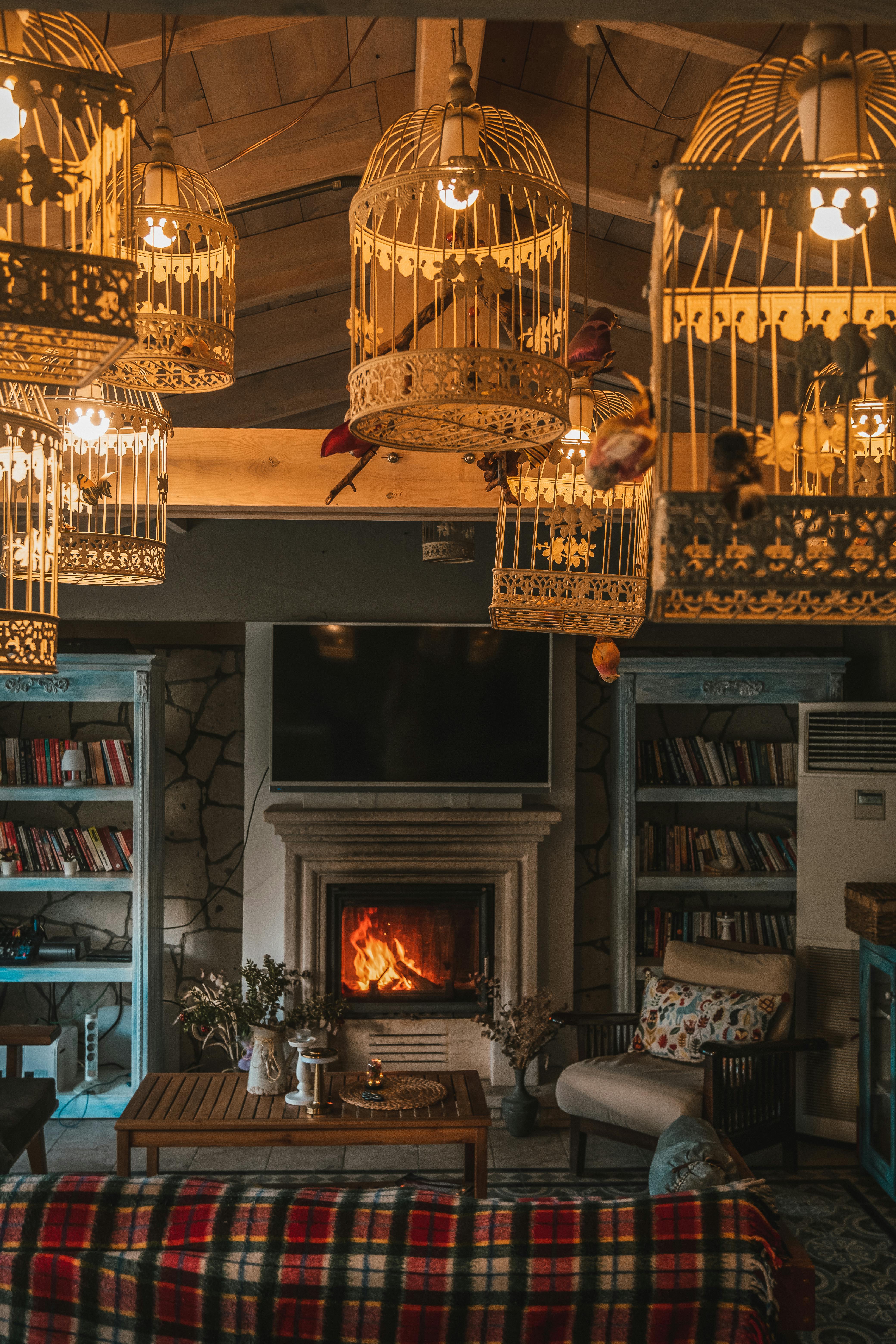Ensuring Adequate Lighting for Your Bird's Health and Happiness

Ensuring Adequate Lighting for Your Bird's Health and Happiness
Lighting plays a crucial role in the health and wellbeing of birds, influencing not just their visual environment but also impacting their biological rhythms. Providing the appropriate light settings for birds in captivity ensures they remain healthy, happy, and active. In this blog post, we will explore how to set up the ideal lighting conditions for your feathered friends.
Understanding Natural Light Requirements
Birds are naturally attuned to the cyclical patterns of daylight and night. In their natural habitats, birds receive a balanced spectrum of light, which regulates their circadian rhythms—these influence feeding, sleeping, and breeding behaviours. Mimicking this natural environment as closely as possible is essential for their physical and psychological health.
Types of Lighting for Birds
When setting up lighting for birds, understanding the difference between various light sources is crucial:
- Natural Sunlight: The best source of light for birds, it provides a full spectrum of ultraviolet (UV) light, which is essential for the synthesis of Vitamin D3, aiding in calcium absorption and overall health.
- Full-Spectrum Artificial Lighting: If natural light isn't consistently available, full-spectrum artificial lights can be a good substitute. They mimic the properties of natural sunlight and help maintain your bird’s circadian rhythm.
- Incandescent and Fluorescent Lights: Common in homes, they might not offer the spectrum needed for birds and often emit an inadequate range or intensity of light.
Setting the Right Light Environment
To configure an optimal lighting environment for your bird, consider the following factors:
- Duration of Light: Typically, birds need about 12-14 hours of light followed by 10-12 hours of darkness each day. This can be adjusted slightly with the change in seasons to mimic the natural light cycle.
- Intensity and Distance: The intensity of light should be enough to illuminate the entire cage without causing glare or excessive heat. Ensure that any artificial light source is placed at a safe distance to prevent direct exposure, which can harm their eyes.
- Placement of Light: Position lights above or on the side of the cage to simulate natural light coming from the sky. Avoid placing lights directly in front of the bird as this can cause stress.
Monitoring and Adjusting Light Exposure
Adjusting and monitoring the light sources regularly is important to maintain a healthy environment for your bird. Gradually introduce any changes in lighting to prevent stress. Pay attention to your bird’s behaviour – signs of stress include feather plucking or reduced activity. Ensure that the bird has shaded areas within its habitat to retreat from the light whenever it feels the need.
Special Considerations for Specific Species
Different species of birds have varying light needs. For example, tropical birds generally require more hours of light compared to non-tropical species. Researching your specific type of bird or consulting a vet can provide guidance on species-specific light requirements.
Conclusion
Proper lighting is just as important as diet and exercise in the care of birds. By simulating natural lighting conditions as closely as possible and ensuring they have access to both light and darkness, bird owners can significantly enhance their pets’ quality of life. Keep observing and tweaking conditions to suit the specific needs of your avian companions.
